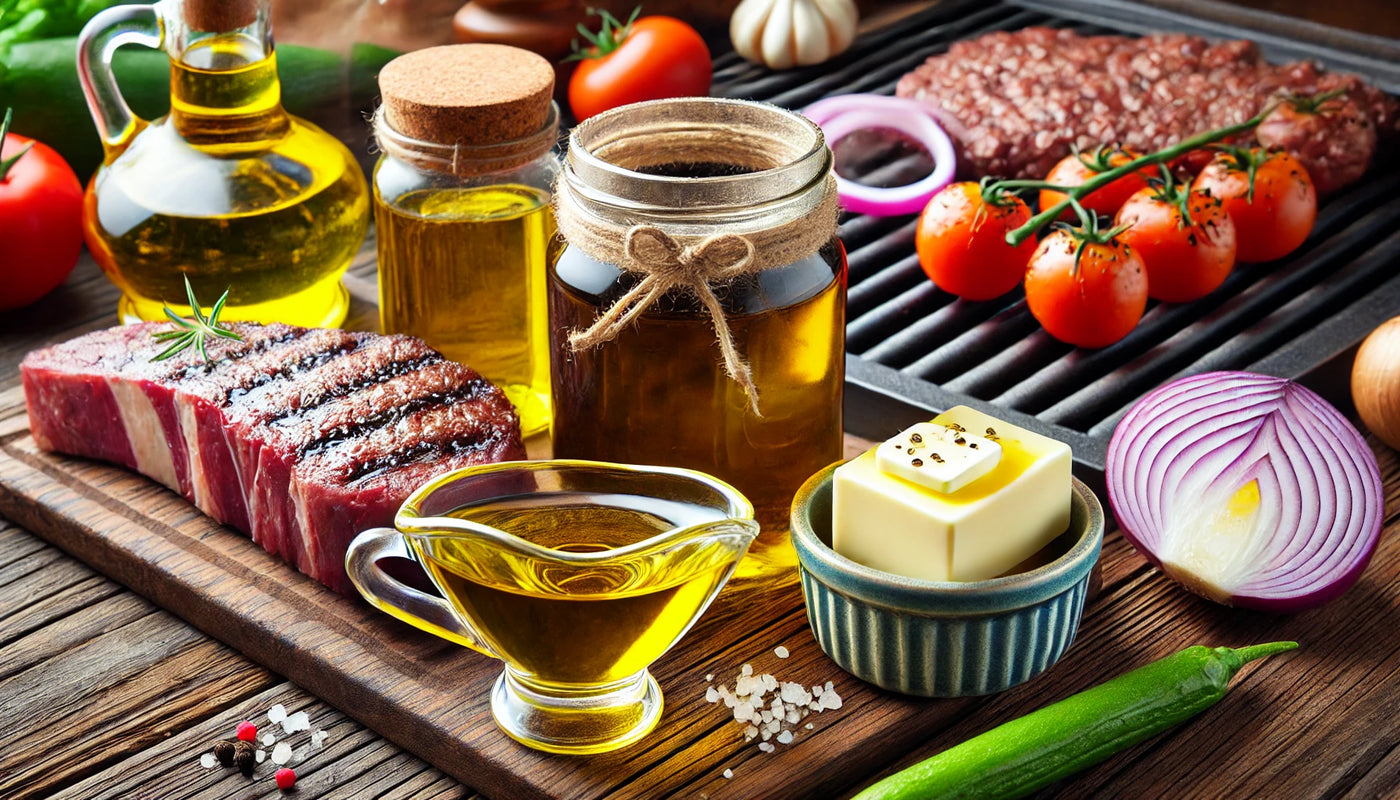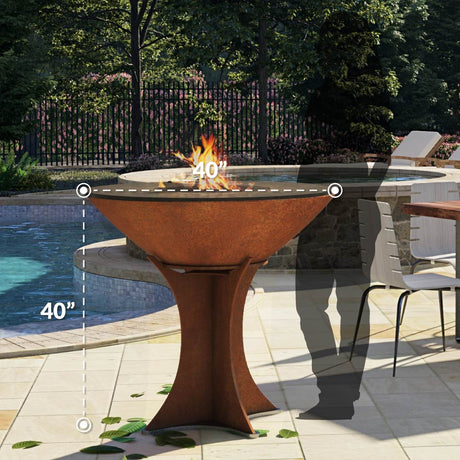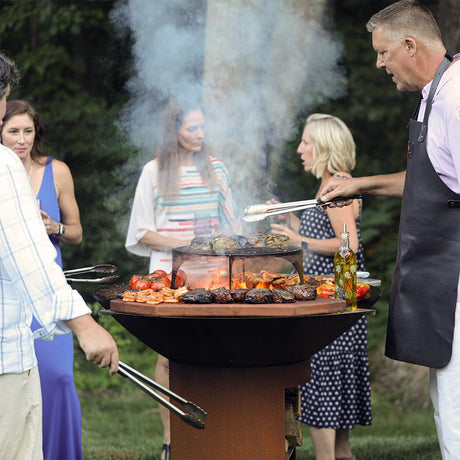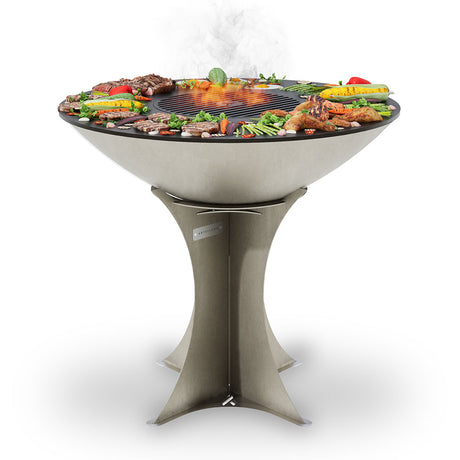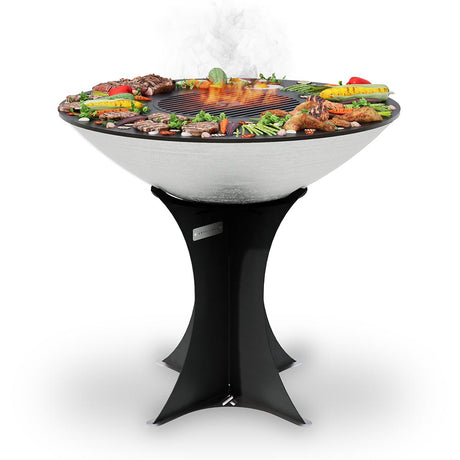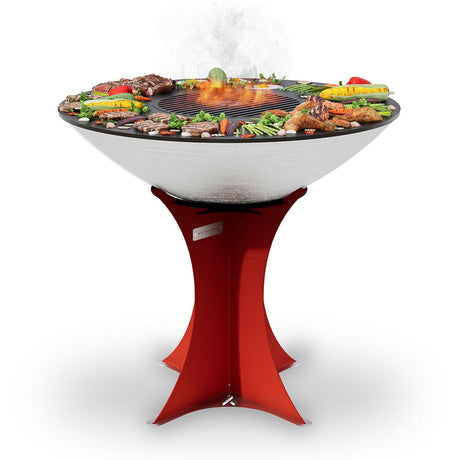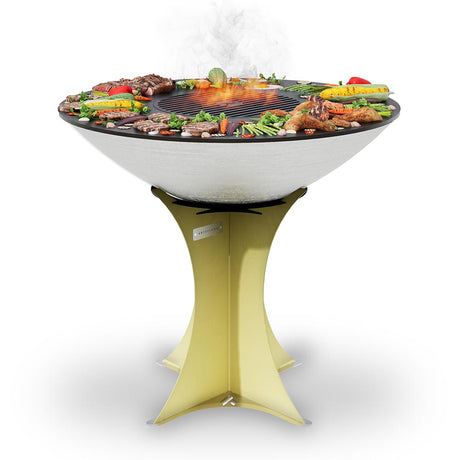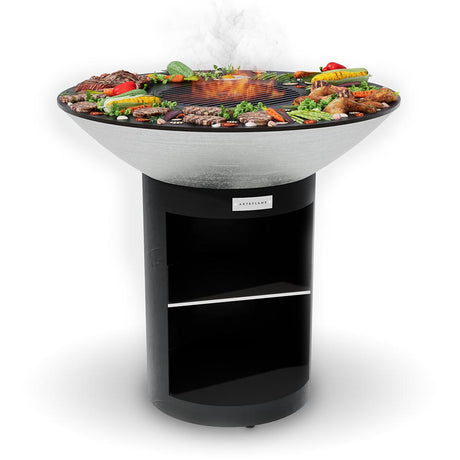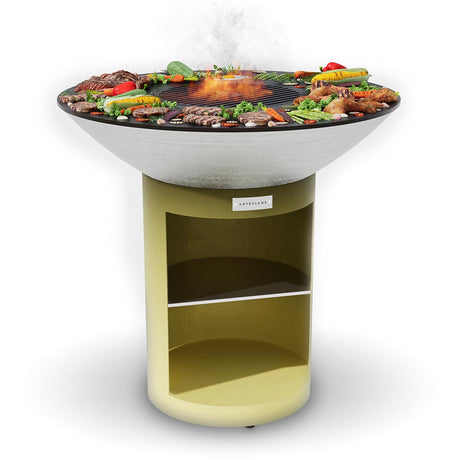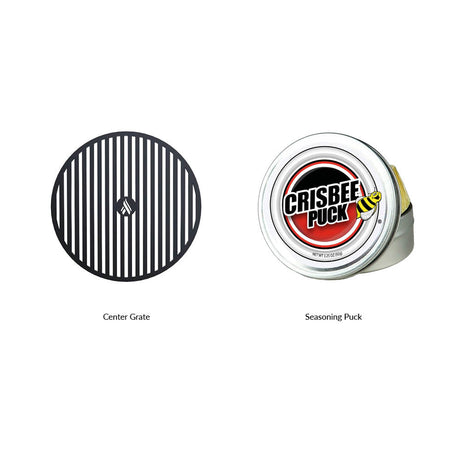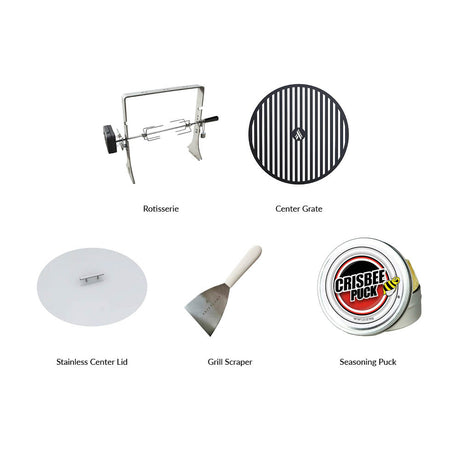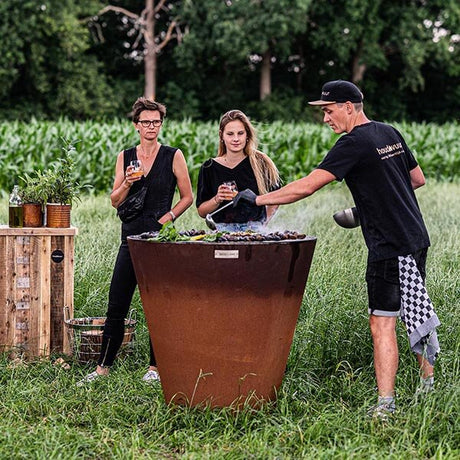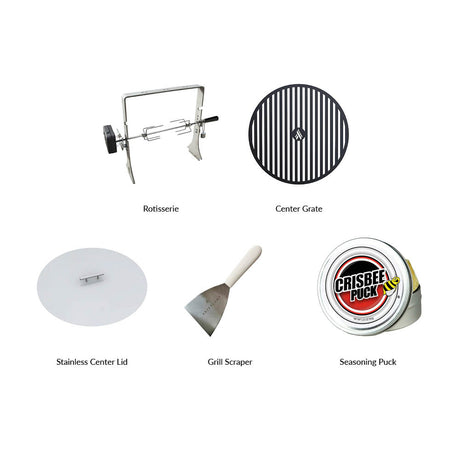Fats are a secret weapon for creating flavorful, juicy, and perfectly textured grilled dishes. Whether it’s butter, olive oil, schmaltz, tallow, lard, lamb fat, or duck fat, each brings unique qualities to the grill. The choice of fat can enhance the flavor, prevent sticking, and lock in moisture, taking your barbecue game to the next level.
In this guide, we’ll explore the benefits of grilling with fat, when to use each type, and tips for achieving the best results.
